Washington State offers a remarkable diversity of outdoor experiences, from temperate rainforests to alpine meadows, volcanic peaks, and island archipelagos. The state’s dramatic topography creates microclimates that allow visitors to experience radically different ecosystems within relatively short distances, often within the same day.
Here is a list of 16 memorable outdoor adventures that showcase Washington’s natural splendor across all four seasons.
Summit Mount St. Helens
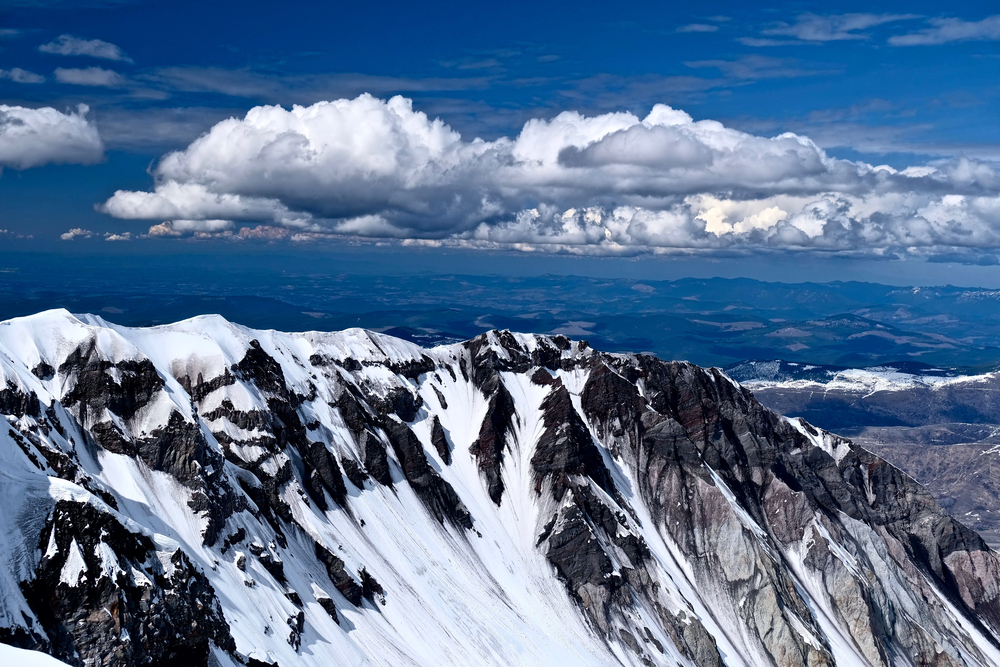
Climbing an active volcano provides a visceral connection to Earth’s dynamic nature. Unlike most Cascade peaks requiring technical climbing skills, Mount St. Helens offers a non-technical but strenuous route to the crater rim. The Monitor Ridge route gains 4,500 feet over five miles, crossing boulder fields and ash slopes that sometimes feel like taking two steps forward, one step back.
The otherworldly summit views into the massive crater reveal the ongoing volcanic processes reshaping the mountain since its catastrophic 1980 eruption. Steam vents still release occasional plumes, while the growing lava dome provides visual evidence of the volcano’s continued activity.
Kayak Among Orcas
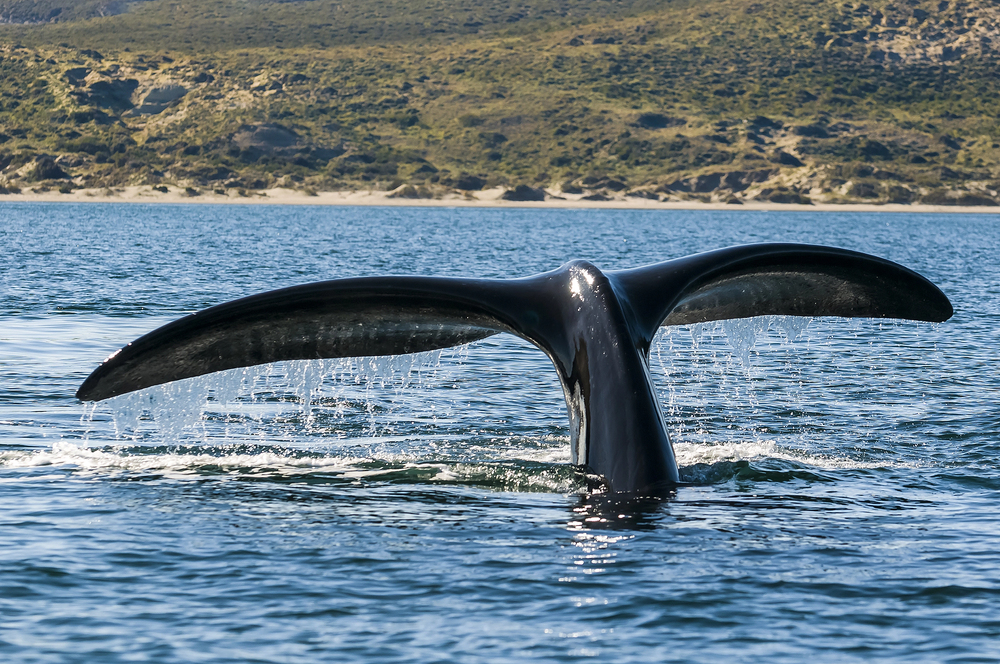
The San Juan Islands provide a premier habitat for the endangered Southern Resident killer whales, offering paddlers extraordinary opportunities for intimate wildlife encounters. Launching from San Juan Island’s western shore places kayakers in prime orca territory, especially during summer salmon runs when these apex predators follow their preferred prey.
Beyond orcas, paddlers regularly encounter harbor seals, Dall’s porpoises and bald eagles hunting the same productive waters. The islands’ protected coves offer ideal landing spots for picnic breaks, while experienced paddlers can attempt longer crossings between islands, always mindful of potentially challenging tidal currents.
Like Travel Pug’s content? Follow us on MSN.
Hike Through Old-Growth Rainforest
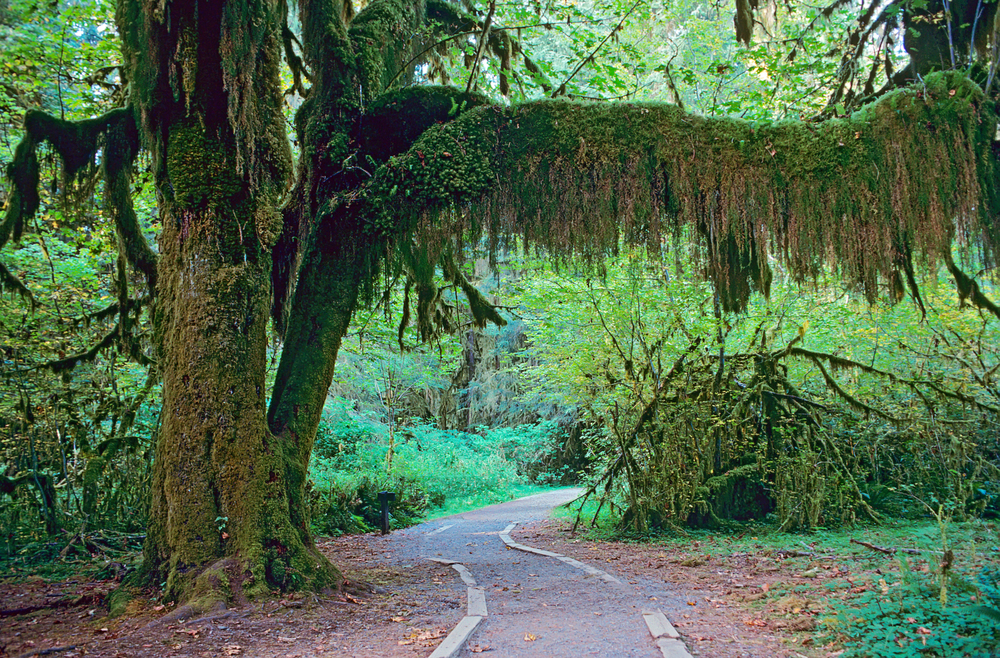
The Hoh Rain Forest receives over 140 inches of annual precipitation, creating a lush temperate rainforest where massive Sitka spruce and western hemlock trees drip with hanging mosses and epiphytes. The Hall of Mosses Trail showcases trees exceeding 300 feet tall and 20 feet in diameter, their enormous trunks carpeted in vibrant green moss.
Roosevelt elk frequent the forest openings, particularly during early morning and evening hours. The 17-mile Hoh River Trail follows the glacier-fed river through increasingly pristine wilderness, eventually reaching the flanks of Mount Olympus, where Blue Glacier descends from the Olympic Mountains’ highest peak.
Climb Enchantment Basin
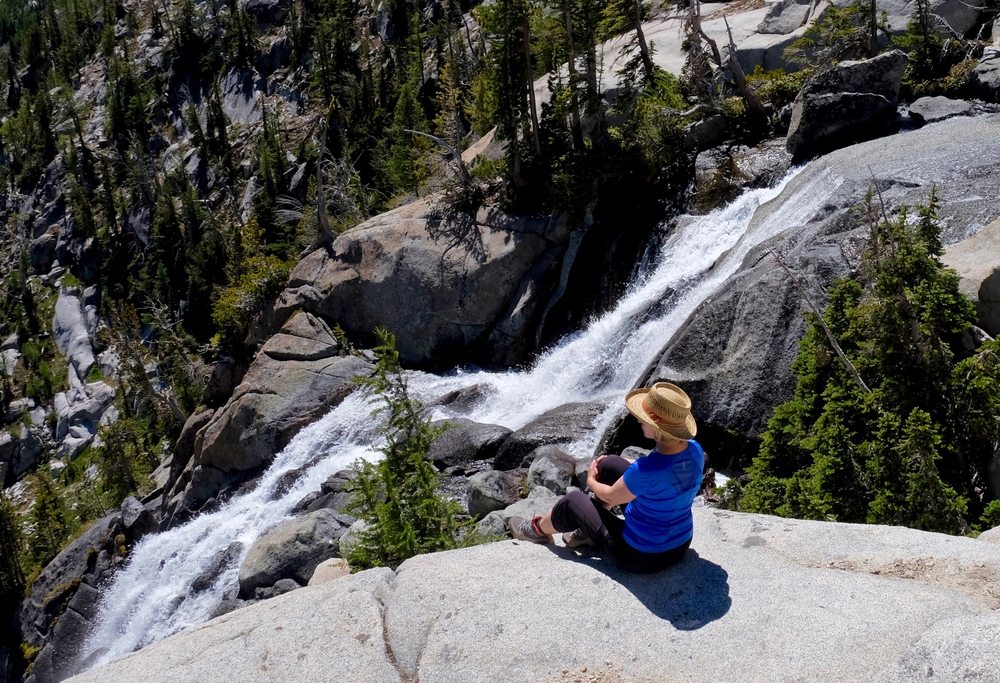
This legendary alpine zone requires either exceptional luck in the permit lottery or exceptional endurance for a single-day traverse. Polished granite slabs surround pristine alpine lakes, with the distinctive spire of Prusik Peak creating an iconic centerpiece. Mountain goats frequently approach hikers drawn by salt from human perspiration.
The traditional route gains 4,400 feet over eight steep miles but rewards persistent climbers with otherworldly terrain more reminiscent of fantasy worlds than reality. Fall visits bring golden larch trees—deciduous conifers whose needles turn brilliant yellow before dropping—creating a magical contrast against granite and blue sky.
Ski the Back Bowls of Mount Baker
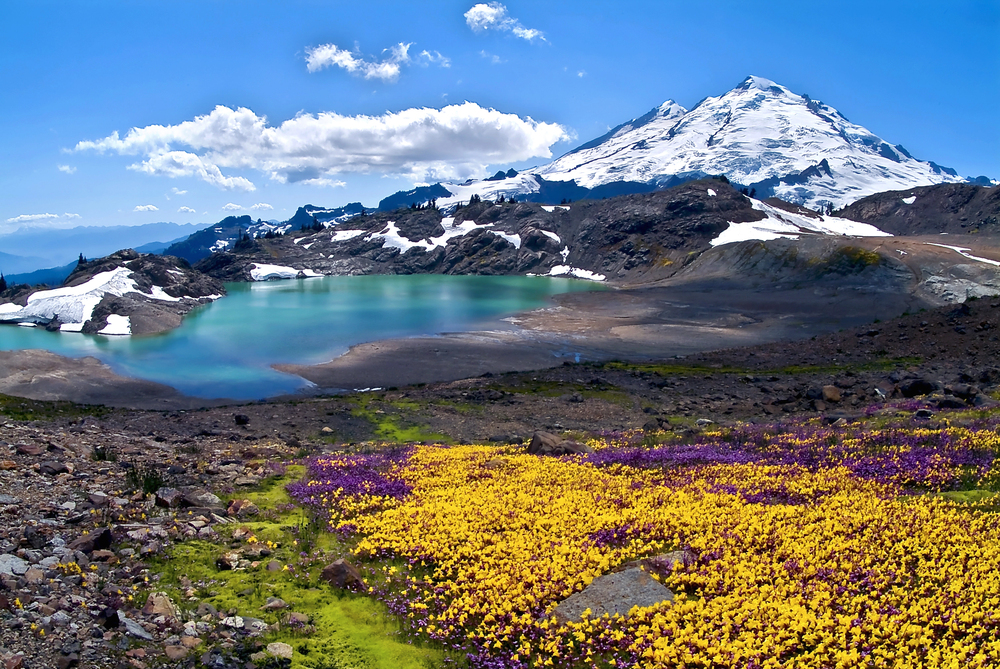
Mount Baker holds the world record for single-season snowfall at 1,140 inches, providing legendary powder conditions throughout its extended winter season. The ski area’s signature Shuksan Arm run delivers 2,000 vertical feet of uninterrupted descent through wide-open bowls that collect some of North America’s deepest snow.
The relatively remote location—28 miles from the nearest town—keeps crowds manageable even on powder days. Clear days reward skiers with views extending to Vancouver Island and the San Juan archipelago, while the mountain’s north-facing aspects preserve snow quality longer than many Cascade competitors.
Like Travel Pug’s content? Follow us on MSN.
Backpack the Wonderland Trail
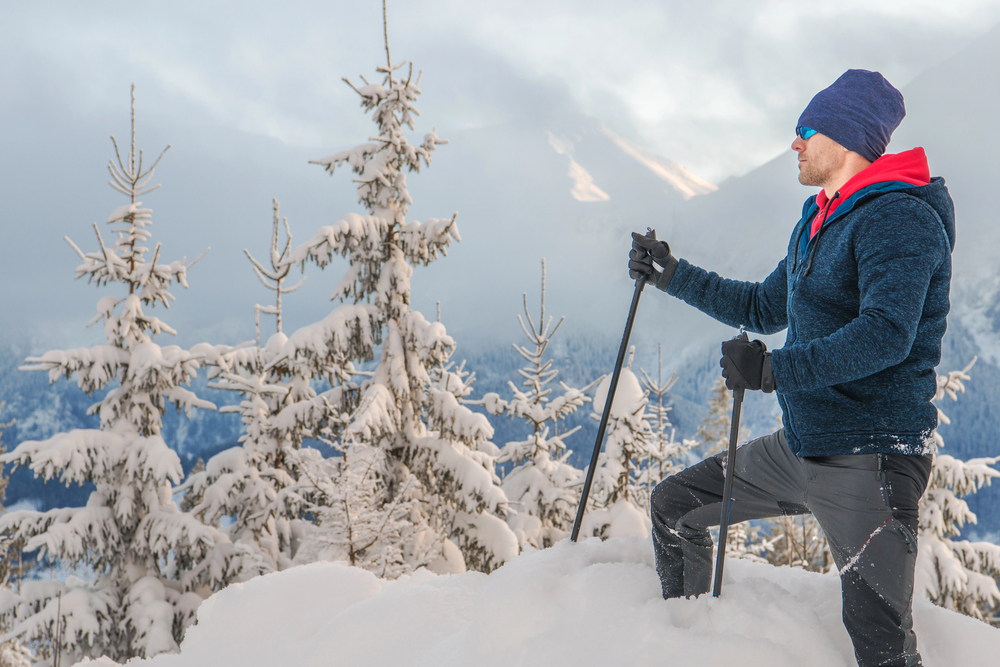
This 93-mile loop circumnavigates Mount Rainier, taking hikers through virtually every ecosystem found in the Cascades. The trail crosses from old-growth forests through subalpine meadows to barren moonscapes near the mountain’s active glaciers.
The route’s 22,000 feet of cumulative elevation gain—crossing multiple river valleys radiating from the volcano—tests even experienced backpackers over the recommended 10-12 day journey. Strategic camping at designated sites positions hikers for sunrise or sunset mountain views from different perspectives around Washington’s iconic peak. Late summer brings spectacular wildflower displays in the Paradise and Spray Park sections.
Float the Skagit River Eagle Preserve
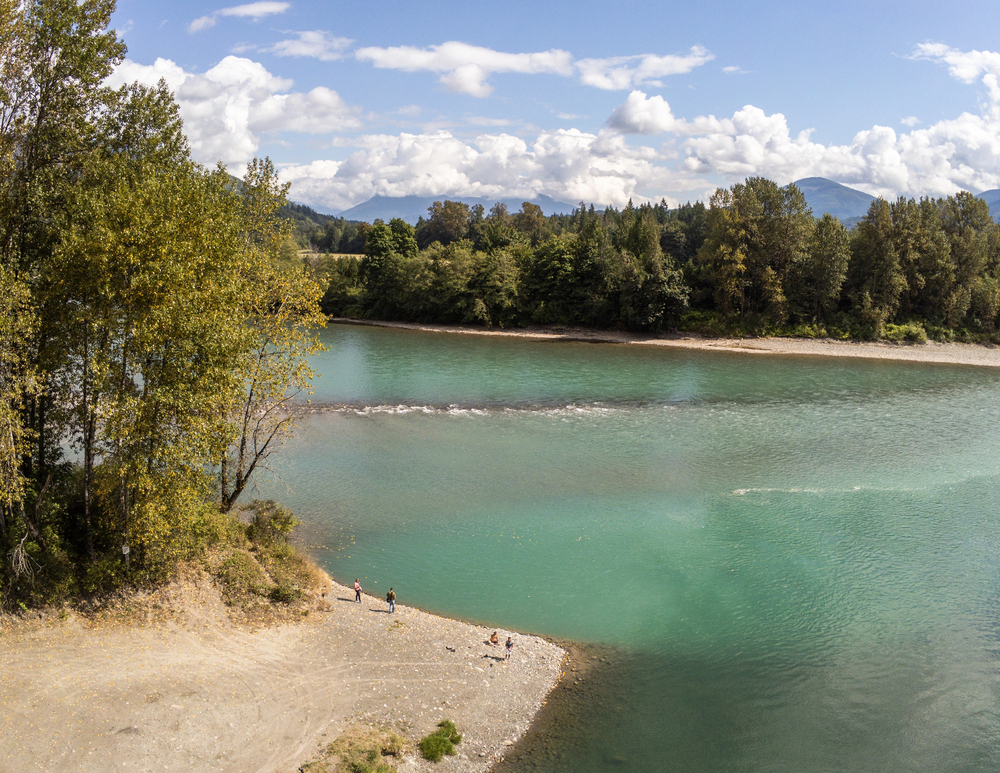
Each winter, hundreds of bald eagles gather along the upper Skagit River to feast on spawning salmon, creating North America’s largest concentration of these majestic birds. Guided raft trips provide ideal viewing platforms, drifting silently past eagle-filled cottonwood trees where a single tree might host a dozen birds.
The eagles arrive gradually, starting in November, with peak concentrations typically occurring between Christmas and mid-January. Beyond eagles, floaters often spot river otters, black-tailed deer, and occasionally black bears along the shoreline. The relatively gentle current makes this accessible even for beginner rafters.
Cycle the Cascade Loop
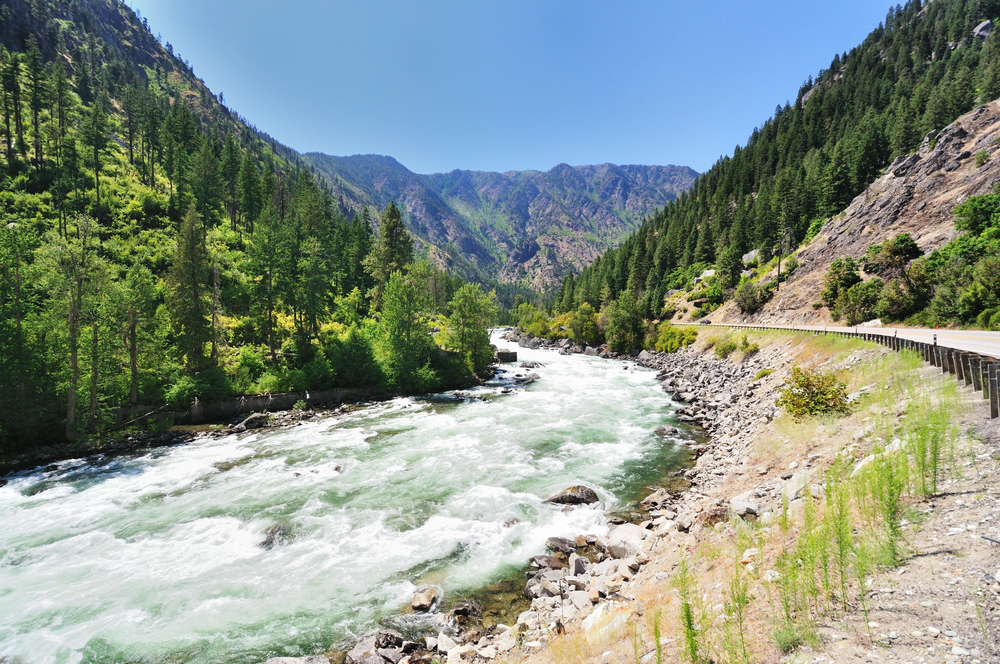
This 440-mile scenic byway traverses diverse landscapes from Puget Sound through the North Cascades to the Columbia Plateau and back. Strong cyclists typically complete the loop in 5–7 days, though strategic planning allows focus on preferred sections for shorter trips. The route’s signature challenge comes at Washington Pass in the North Cascades, where riders climb to 5,477 feet through stunning alpine terrain.
The eastern sections cross high desert landscapes completely unlike the state’s famously wet western regions, providing dramatic evidence of the Cascades’ rain shadow effect. Small towns every 30–50 miles offer lodging and dining options throughout the route.
Like Travel Pug’s content? Follow us on MSN.
Explore Mount St. Helens Lava Tubes
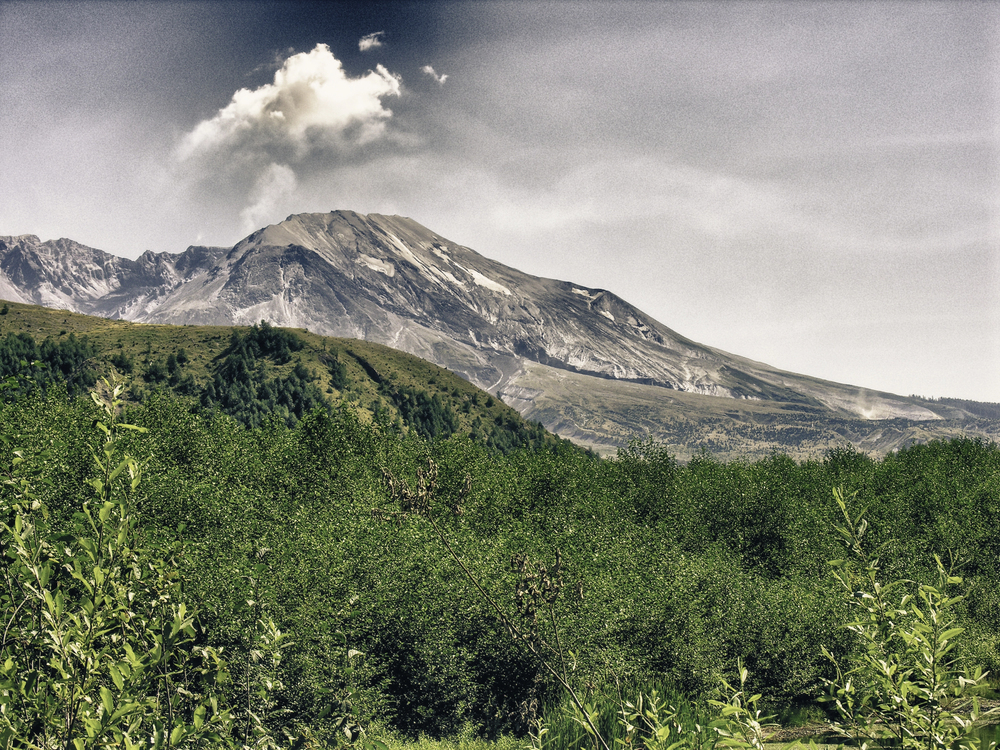
Ape Cave presents the longest continuous lava tube in the continental United States, stretching 2.5 miles underground. The cave maintains a constant 42-degree temperature regardless of surface conditions, making it an excellent destination during summer heat or winter storms.
The lower cave section offers relatively easy exploration suitable for families, while the upper section requires scrambling over boulder piles and navigating narrow passages. Unlike limestone caverns with stalactites and stalagmites, these volcanic tubes feature smooth walls with occasional “lava-cicles” formed when molten material dripped from the ceiling as the outer shell cooled around still-flowing lava.
Stand-Up Paddleboard on Lake Chelan
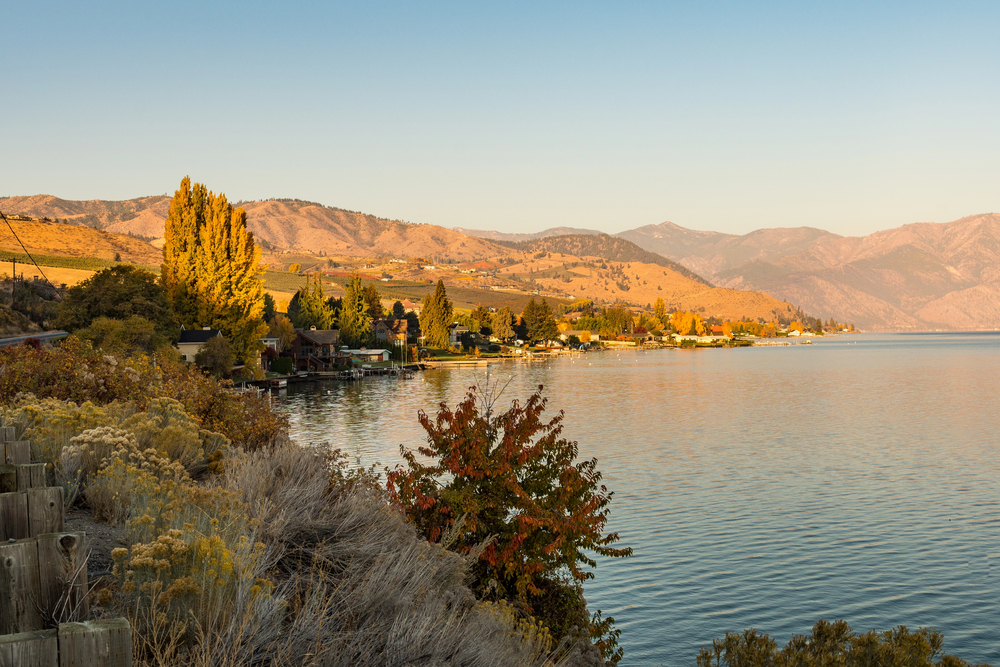
This 55-mile glacially carved lake penetrates deep into the North Cascades, creating Washington’s longest and deepest natural lake. The pristine water clarity allows paddleboarders to see 20 feet down in places, while the lake’s considerable depth creates a stunning deep blue color.
The southern end near Chelan offers gentle conditions suitable for beginners, while the northern reaches, accessible only by boat or hiking trail, provide true wilderness paddling experiences. The surrounding hillsides transition from vineyard-covered slopes in the south to near-vertical wilderness in the remote upper lake, showcasing the dramatic ecological gradient within a single waterbody.
Mountain Bike Galbraith Mountain

This 3,000-acre trail network outside Bellingham features over 50 miles of purpose-built mountain biking routes ranging from flowing beginner tracks to technical expert lines. The dense coastal forest provides year-round riding opportunities, as the tree canopy moderates both summer heat and winter rain.
The mountain’s southern exposure delivers excellent views across Bellingham Bay to the San Juan Islands on clear days. The community-maintained trail system continues expanding through volunteer efforts coordinated by the Whatcom Mountain Bike Coalition, with innovations including wooden features, bermed corners, and progressive jump lines complementing traditional singletrack.
Like Travel Pug’s content? Follow us on MSN.
Snowshoe at Artist Point
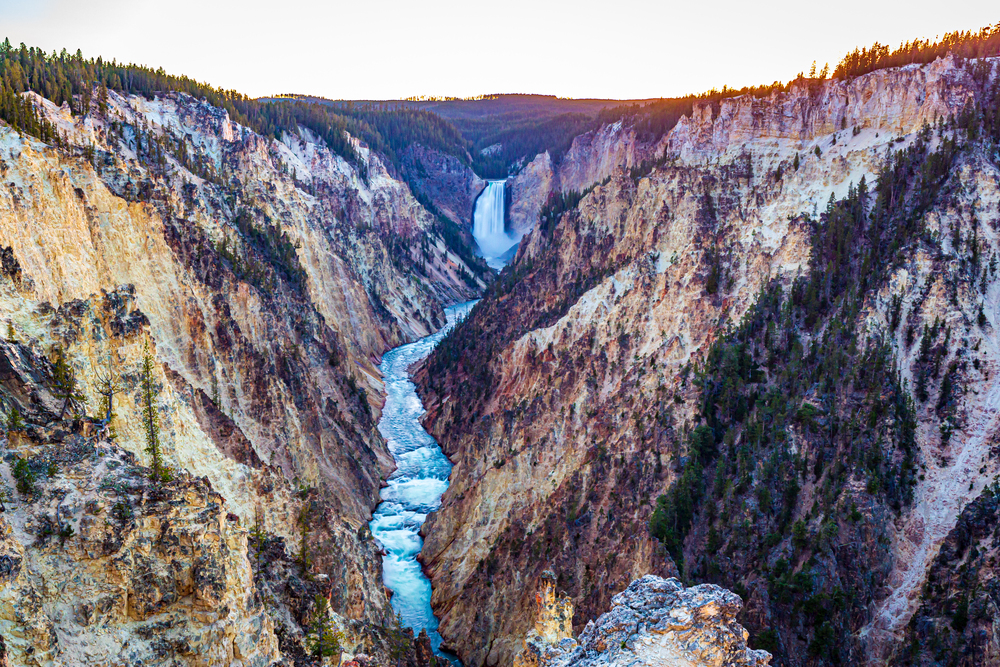
When the Mount Baker Highway closes at the ski area, the final 2.7 miles to Artist Point transform into a premier snowshoe route that typically remains accessible from December through April. The relatively straightforward trail delivers exceptional alpine views without advanced winter travel skills.
The broad ridge at trail’s end provides 360-degree panoramas, including Mount Shuksan’s dramatic north face—among the most photographed mountain scenes in North America. Clear days reveal the Border Peaks marking the Canadian boundary, while Mount Baker’s steam plume occasionally rises from its active crater. Well-defined trails make navigation straightforward, even for beginners.
Rock Climb at Vantage
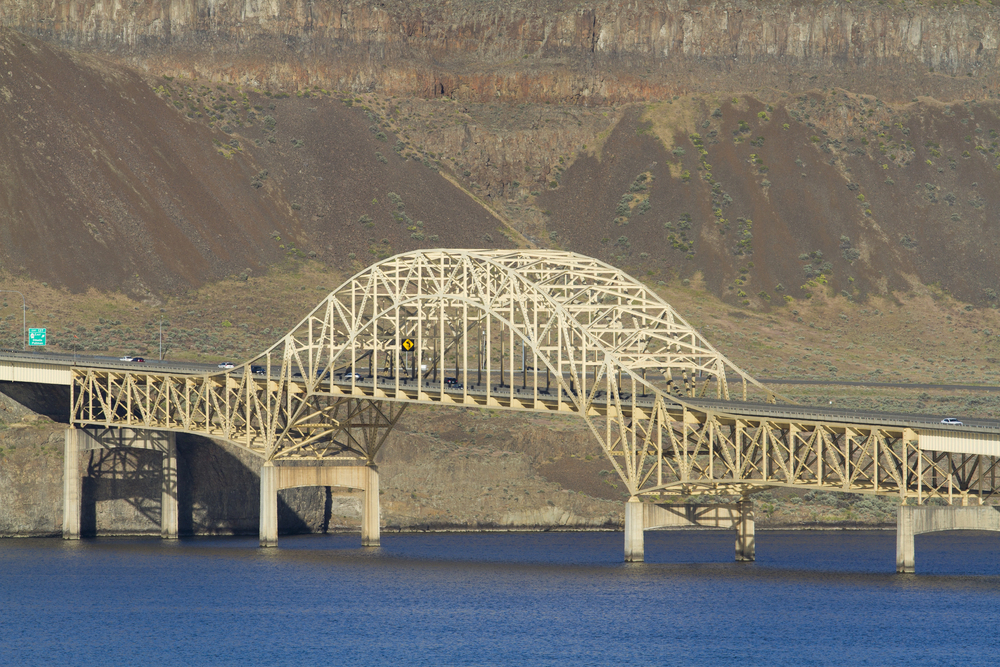
The basalt columns of Frenchman Coulee near Vantage offer year-round climbing opportunities in a striking desert landscape carved during the catastrophic Ice Age floods. The columnar basalt creates perfect crack systems and distinct features ideal for traditional protection, while bolt-protected sport routes accommodate climbers of all abilities.
The area’s eastern Washington location means significantly drier conditions than western climbing areas, providing reliable options when rain renders Cascade crags unclimbable. The adjacent Columbia River creates a dramatic backdrop, particularly at sunset when the cliffs glow golden against the water.
Whale Watch in the Salish Sea
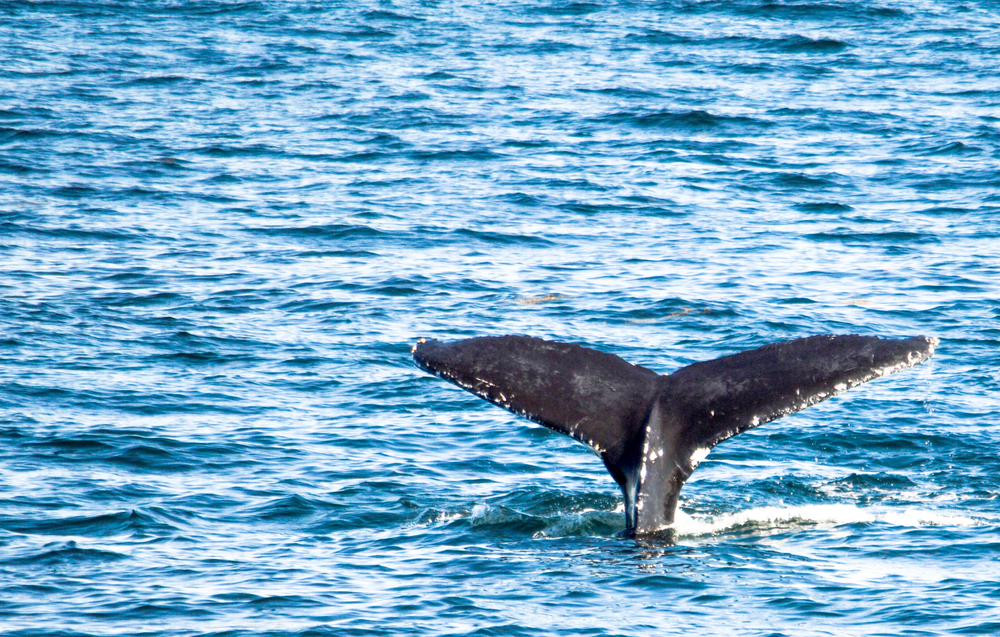
The inland waters between Washington’s mainland and Vancouver Island host three distinct orca populations—resident fish-eaters, transient mammal-hunters, and offshore groups—alongside humpback whales, minke whales, and gray whales at various seasons.
Dedicated whale-watching boats depart from multiple locations, including Anacortes, Port Townsend, and the San Juan Islands, providing educational interpretation alongside wildlife viewing. Beyond whales, these trips regularly encounter Dall’s porpoises, harbor seals, Steller sea lions, and diverse seabirds, including tufted puffins, during summer months. Conservation-oriented operators contribute valuable data to ongoing research programs monitoring these marine mammals.
Like Travel Pug’s content? Follow us on MSN.
Kiteboard the Columbia River Gorge
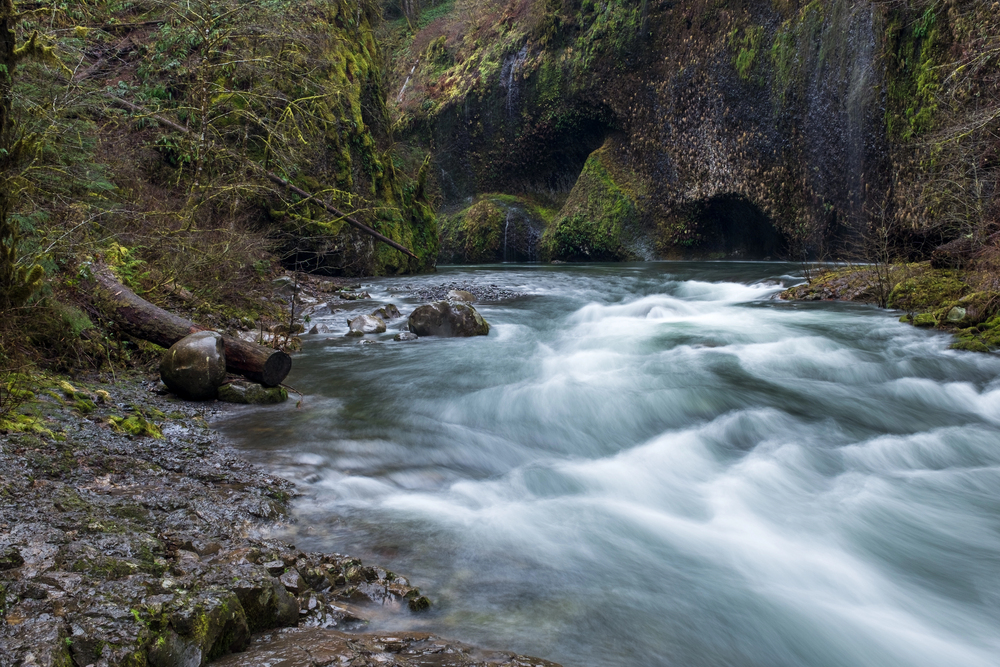
The narrow gap where the Columbia River cuts through the Cascade Range creates consistent thermal winds that attract kiteboarders from worldwide to the Washington side of the river near White Salmon. The combination of reliable afternoon winds averaging 20-25 knots and the river’s smooth surface creates ideal conditions from May through September.
The picturesque setting features Mount Hood as a backdrop, while the surrounding hills burst with spring wildflowers during the early season. Multiple launch sites accommodate different wind directions and river levels, while several local schools offer lessons for beginners wanting to experience this dynamic water sport.
Photograph Palouse Falls
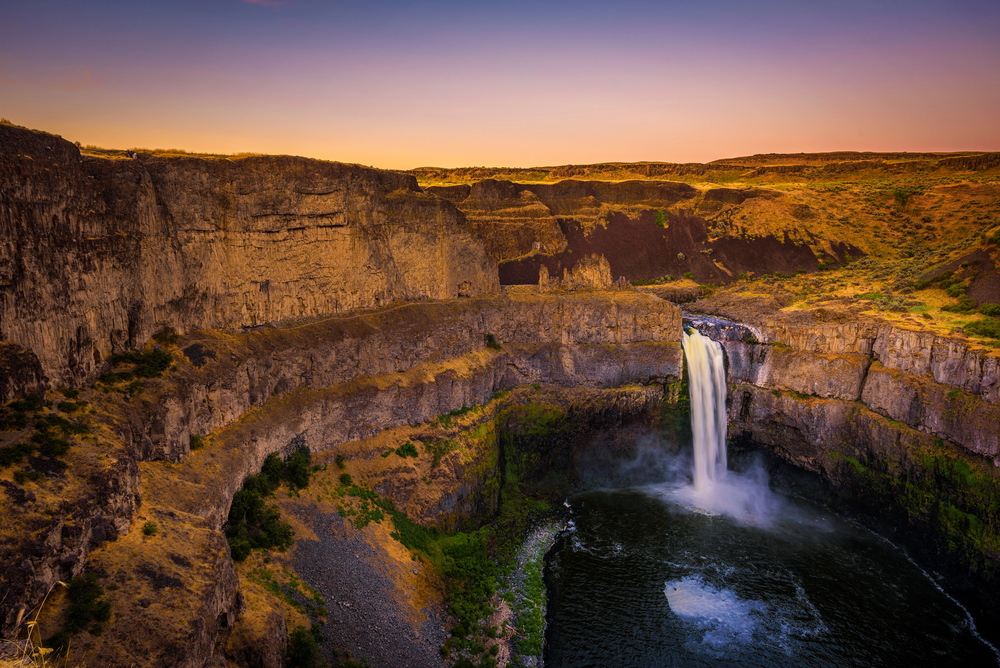
This 198-foot waterfall plunges dramatically into a circular amphitheater carved during the cataclysmic Ice Age Missoula Floods. The surrounding landscape of channeled scablands—where floodwaters stripped soil from bedrock—creates a stark beauty unlike any other waterfall setting in Washington. Sunrise brings warm light to the basalt cliffs, while sunset often delivers spectacular afterglow reflected in the pool below the falls.
Spring runoff maximizes water volume, though the falls flow year-round due to their substantial watershed. Careful exploration along unofficially maintained paths provides alternative viewing angles, though visitors should exercise extreme caution near cliff edges.
Experience Natural Washington
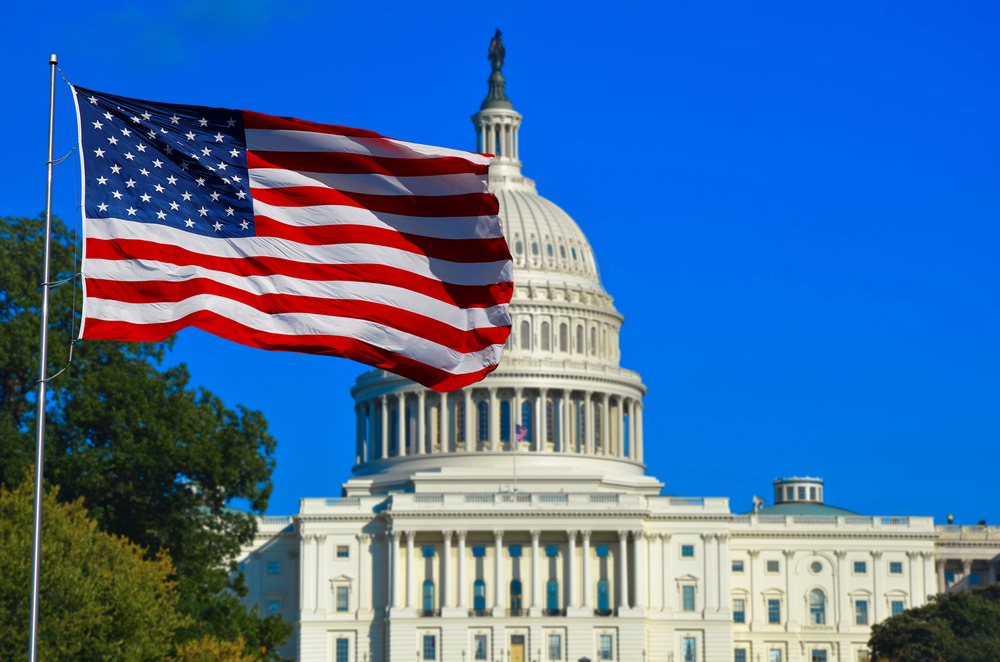
The exceptional diversity of Washington’s outdoor experiences stems from unique geographical features, including a substantial mountain range bisecting the state, active volcanoes, over 3,000 miles of shoreline, and dramatic rainfall gradients. This creates extraordinary opportunities for experiencing multiple ecosystems within short distances—perhaps skiing in the morning and kayaking saltwater in the afternoon.
The state’s extensive public lands system provides remarkable access to these natural wonders, with nearly one-third of Washington managed for conservation and recreation. Whether seeking adrenaline-charged adventures or contemplative nature experiences, Washington offers world-class outdoor opportunities throughout the year.
Like Travel Pug’s content? Follow us on MSN.
More from Travel Pug

- Cities Growing so Fast You Won’t Recognize Them in 10 Years
- 13 Destinations Where Tourists Regularly Regret Their Trip
- 16 U.S. Cities That Are Quietly Becoming Travel Hotspots
- Where to Travel If You Love Long Bus Rides and Daydreams
- 20 Cities Perfect for Solo Travelers Who Crave Adventure & Culture
Like Travel Pug’s content? Follow us on MSN.
